These days, trawling through flea markets for cool buys is akin to finding a needle in a haystack. With at least three flea markets taking place every weekend (see the full list here), shopping at flea markets is no longer a surefire way to find that rare 70s Prada or Christian Lacroix dress or collectible Miles Davis vinyl record. For these, you’ve got to head to specialist second hand shops for everything vintage, and legit ones at that.
A few years ago, flea markets were still a novelty here, like the quarterly Zouk Flea and Easy sessions where you could score a branded jacket at less than half its original price or a rare $2 CD or DVD. Today however, they—especially ones like Flea. Fly. Flo. Fun at Home Club, Flea-tique! at Old Kallang Airport and *SCAPE Bazaar at *SCAPE—have become a breeding ground for youngsters selling off unwanted goods—cheap, secondhand clothes that were purchased impulsively and paraphernalia that they’ve simply outgrown. Or worse, self-produced T-shirt and accessories lines that look like they belong in a neighborhood pasar malam (night market).
“Yes, there’re certainly way too many flea markets organized by individual groups lately,” says Yap Chang Ten, who runs the decade-old vintage shop The Attic at Far East Plaza. “And they’re mainly run by teenagers and wannabes who buy their goods from blog shops, which are of inferior quality. And imagine it when they sell it used!”
Chua Hwee Yee, who runs the specialist vintage shop Stevie General Store at Club Street, explains that the trend is simply a sign of the times.”Flea markets reflect the history and culture of a country or city; for example, you’ll find old kimono fabrics in Tokyo flea markets,” she says. “In the local flea markets, you’ll see a lot of Topshop, Zara and Mango clothes … that’s our hyper-consumerist culture for you! I think we must stop comparing current Singaporean flea markets with European, American or Japanese ones. We are a small, young country that developed rapidly over the past few decades; a lot of big, old houses were torn down to make way for HDB flats. Big, old houses tend to have a lot of old stuff. When you tear them down, old stuff gets lost. And HDB flats are really small; most of us don’t have attics or basements to store stuff that we want to ignore for the next 50 years, so we just throw things away. To expect the same sort of “era-esque” stuff we always find at flea markets overseas is like expecting your neighborhood $3 fish ball noodle stall to make fish balls from caviar.”
While flea markets are not necessarily the place to go to for good ol’ vintage rarities, there are a few exceptions. Look hard enough, and with a little bit of luck, you can still score a couple of gems: Collectible vinyls and tin toys at China Square’s Sunday flea market; old Levi’s jeans and vintage blazers at the weekend edition of Thieves’ Market; or collectible clothes at Zouk’s Flea and Easy, especially during its Fashion Elite-themed ones held during the city’s fashion seasons. The Attic’s Yap also recommends scouring through ad-hoc junk sales for unexpectedly rare and affordable buys. “Those organized by big charity organizations or expats are usually where you can find better stuff,” he says. “These are normally run by more influential and professional people who own and purchase quality merchandize. They are normally willing to part with their prized items at a fair price as these are sold for a good cause or because the expats are leaving the country for good.”
Firstly, let's learn from these professional vintage hunters on how to do it right.
 Kenny Leck
Kenny Leck
Owner of Books Actually, which specializes in rare books and paraphernalia
I usually look at the durability of the item. Bakelite for example, a predecessor of plastic, was used in most light switches that were common in our HDB flats when they were first built. A very hardy material, it’s much harder to crack than plastic—though sadly not environmentally-friendly—and is still in demand by new flat owners who want the old original light switches that our parents are so used to. Always try to collect items that serve a function. Imagine Bakelite light switches used to cost our parents $0.50 cents from the hardware store. Now, you easily have to fork out $15-20 just for one in pristine condition.
Newbie collectors, read up on what you are collecting. Ironically, all information is online these days; it’s like modern technology feeding us with old “technology” information. Research is the key starting point for any collector.
A note for seasoned collectors and buyers: You can never complete any one single collection in its entirety. Even if you can complete one, you will have to move on to the next one. So leave it for another day, another collection.
 Yap Chang Ten
Yap Chang Ten
Owner of The Attic
Vintage originals can be identified from their labels/markings, materials and hardware used. Most of the materials used back then are different from what you can get in today’s market. Firstly it has to be of good make, meaning the materials and hardware used to manufacture it have to be of good quality, making them still usable till today. Secondly, it has to be of good product design, meaning the item is well thought of and has great details in its design that appeal to the majority.
Thirdly it has to be iconic, meaning it represents a certain era’s culture by just looking at it.
Pricing really depends on the rarity, condition and year the product was manufactured. For example in jeans, you will look for how well it was worn in and maintained. The darker the color of a pair of vintage denim, the better it’s been taken care of. It would be a plus if the overall denim is still dark but sporting a nice wash with beautiful contrasting whisker lines around the crotch and back knee areas. You should also look to see if there is any selvage in the jeans. The first generation of Levi’s jeans, for example, does not have red or blue lines; just white lines in their selvage. This is just very basic, surface identification. There are many more details to look out for in a pair of vintage jeans. The buttons, rivets and numbers or markings are also some of the items to look out for when identifying a pair of vintage jeans.
To me, vintage must be at least 20 years of age, of good make and have an interesting story behind it. Buy only these.
 Chua Hwee Yee
Chua Hwee Yee
Owner of Stevie General Store
For clothing, the first thing you look at is the label. If there’s no label, it’s not likely to be vintage, unless it is tailored or homemade, and those can be recognized easily. You’ll also frequently (but not always) see a “Union-made” label on American clothing; you can date the garment precisely using the Union-made label (there are lists of Union-made labels on the Internet). Reproductions usually don’t pay attention to the zippers and buttons, even if they do use old fabric.
As for pricing, casual dresses will obviously cost less than formal wear and gowns. Mint condition dresses—some of them complete with hang tags—will definitely cost more.
Newbie collectors: Information is your friend. Read as much as you can about whatever you’re collecting. Seasoned collectors: Be original.
How to Shop Smart
Veteran vintage shopping queen Samantha See tells you how to prep for a day spent digging in the crates.
1. Be early and have a plan. For weekend fleas, most shoppers probably partied too much the night before, and are having a nasty hangover; it’s never wise to shop when you are in such a state. Make sure you rest well before your big shopping day, use your huge contact network base and get the insiders’ scoop on what’s worth your moolah. Always know what you are looking for so that you don’t end up wandering around like a lost, crying kid in an amusement park.
2. Study the psyche of the seller. It always helps to connect with your seller. A similar aesthetic sensibility and a genuine appreciation of the stock on display will usually garner you a discount.
3. The art of negotiation. If you love to shop for antiques then you don’t need my advice, but remember that everything is negotiable. Never ever settle for the opening price; only a novice would. Don’t forget to spot little blemishes and hog them for a bigger discount when you find them. And if you are buying multiple items, make sure the stall vendor gives you a better deal. Don’t forget to snag some last minute bargains when vendors get desperate to clear their wares.
4. Have a shopping mate. There’s nothing more fun than snooping for bargains with a like-minded individual, but make sure it’s two or three mates max because it gets way too messy with too many of them.
Now, it's time to shop! Here is the full list of flea markets and vintage stores in Singapore.
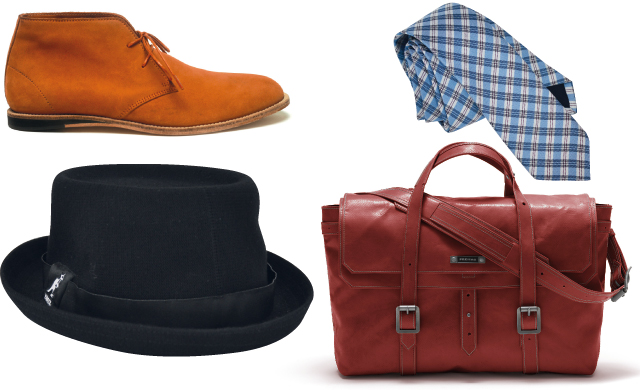
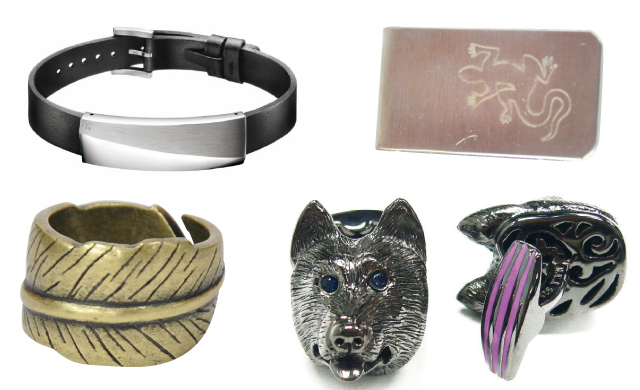
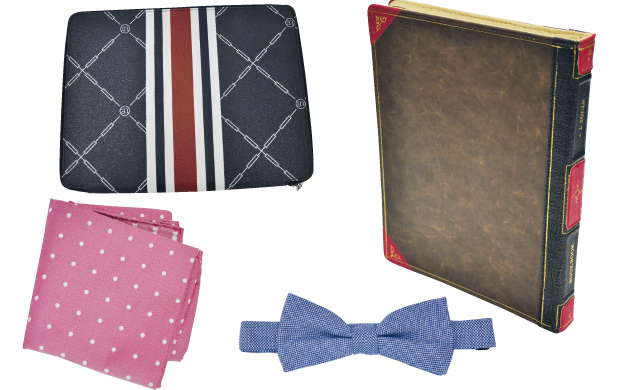











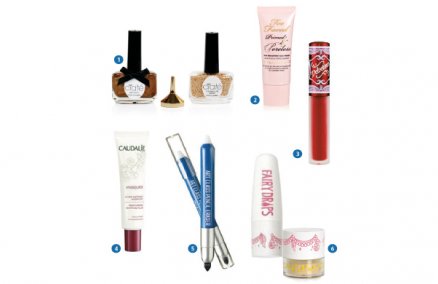
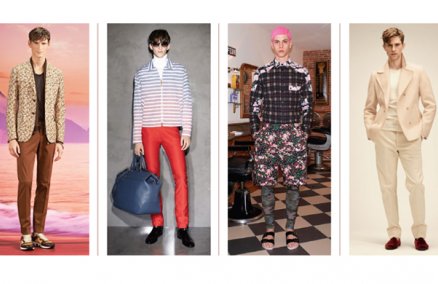



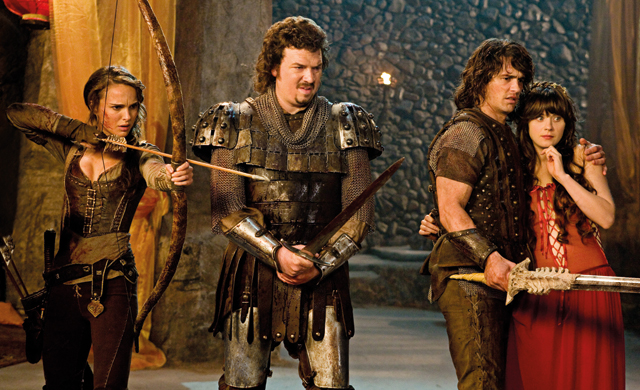
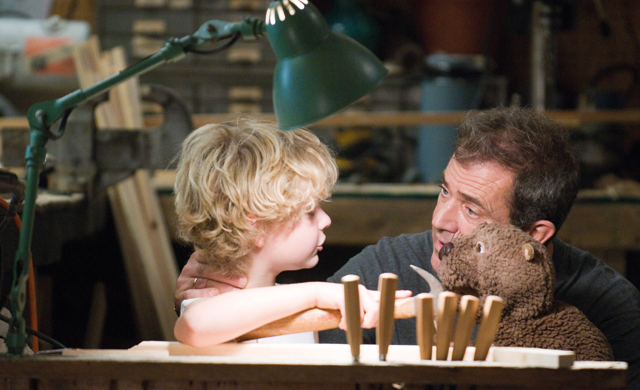
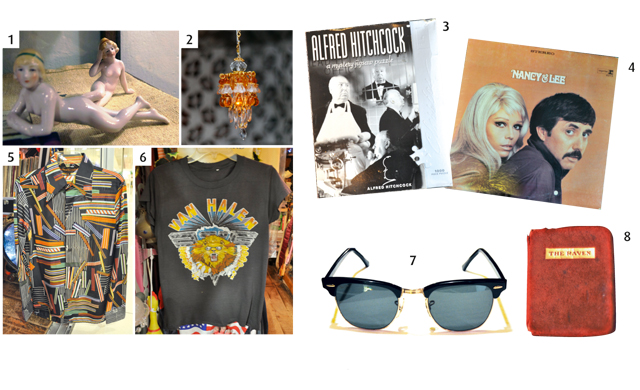 1. Antique miniature German Art Deco Bathing Beauties figurines circa 1920s. $300 from Stevie General Store.
1. Antique miniature German Art Deco Bathing Beauties figurines circa 1920s. $300 from Stevie General Store. Kenny Leck
Kenny Leck Yap Chang Ten
Yap Chang Ten Chua Hwee Yee
Chua Hwee Yee